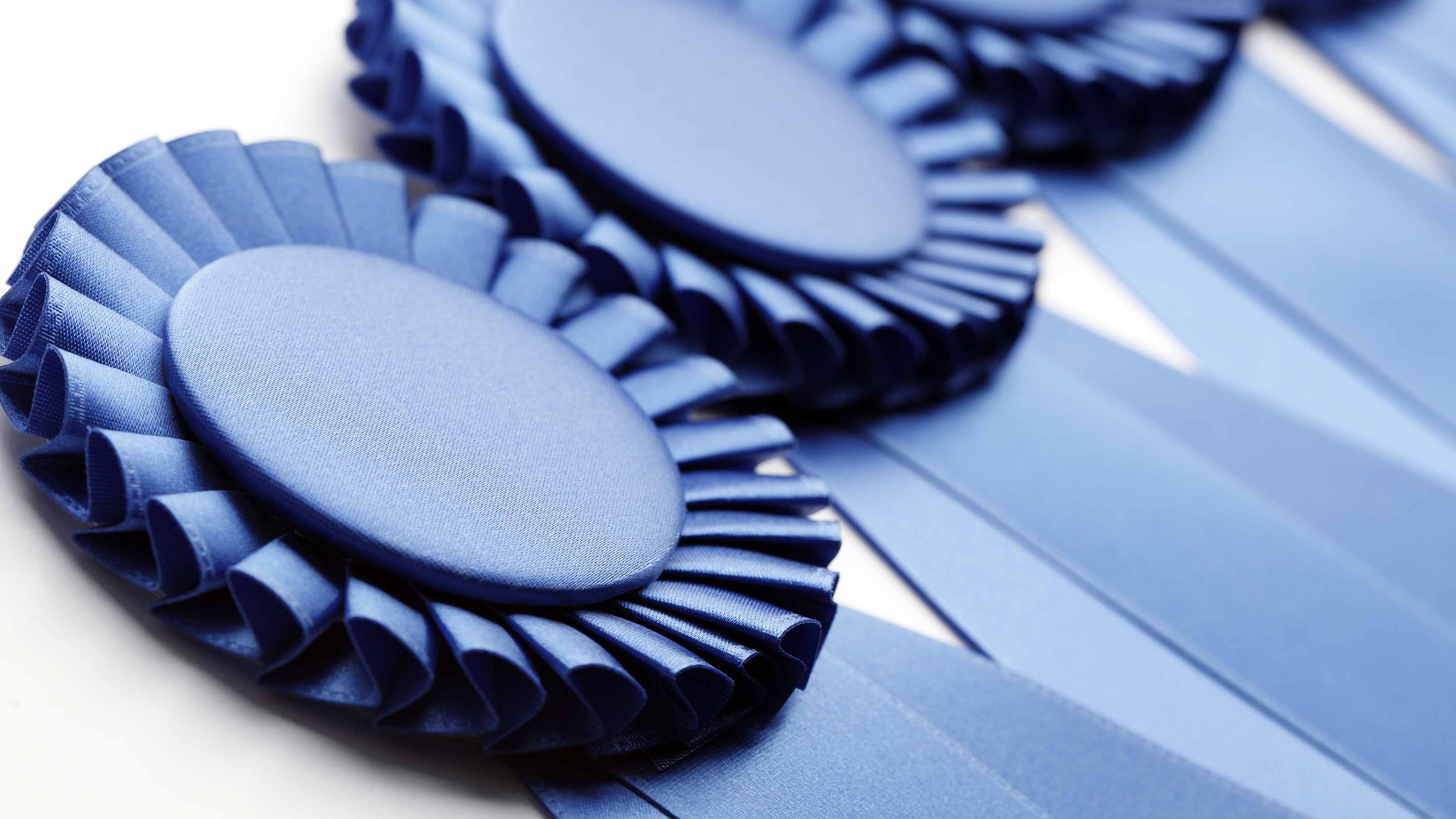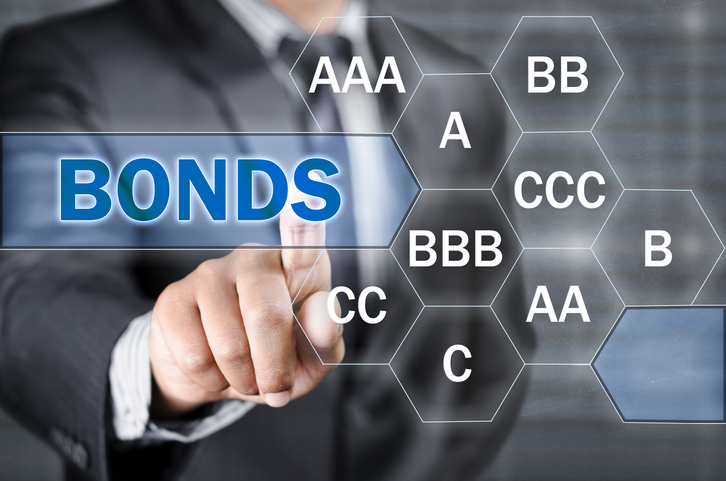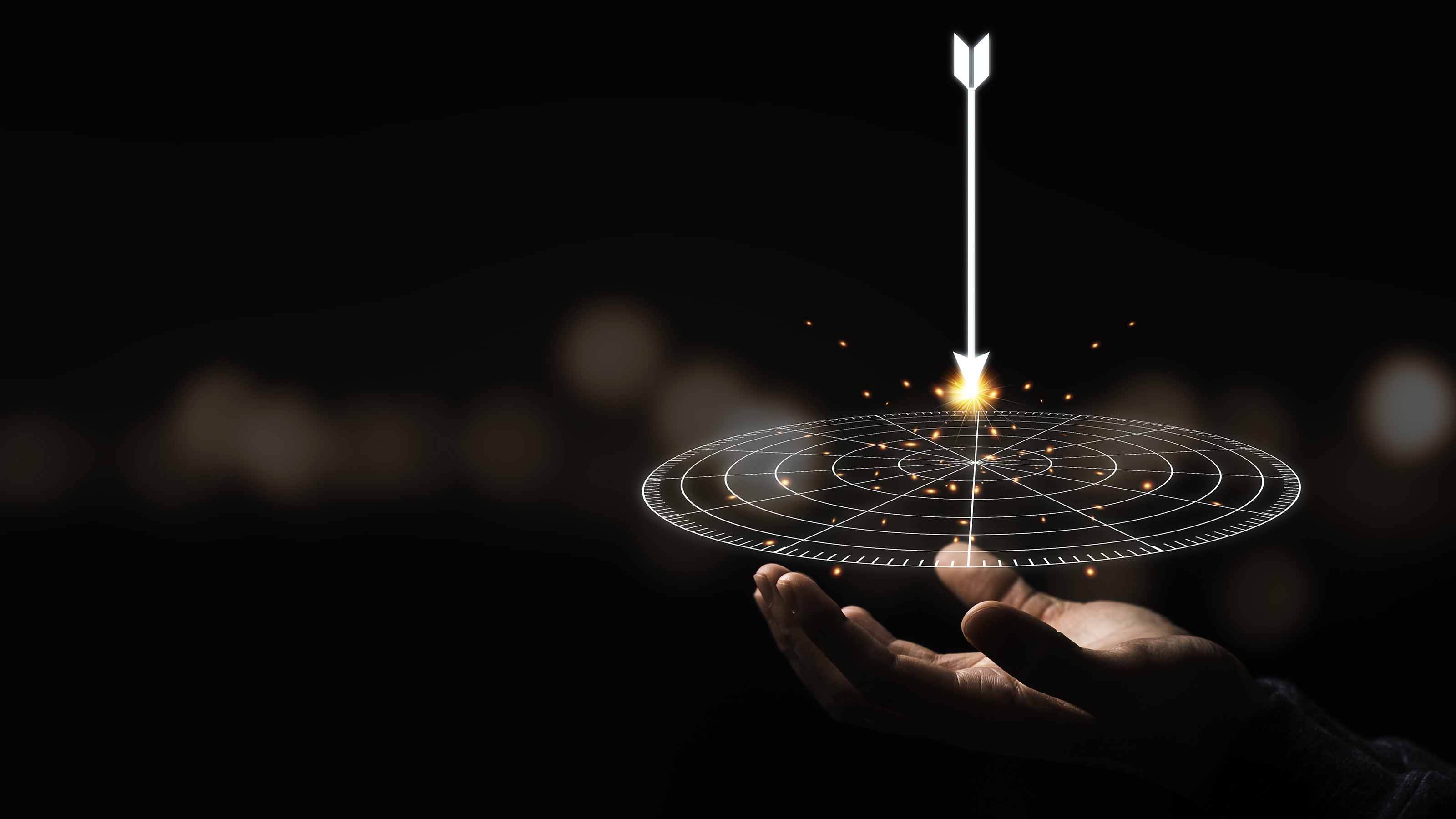Treasuries Are Still Worth Buying
With the economy still weak, the ten-year bond is appealing despite its low yield.

Is a Treasury bond that yields a measly 3.5% worth buying? You may be surprised to learn that my answer is yes.Treasury bonds were flat-out the best-performing investments of 2008, returning 24% by one measure. Don't expect a repeat this year. In fact, Treasuries are among the worst-performing investments of 2009 so far, losing 12.1% through June 29.
How does a bond that yields so little make so much one year and then lose so much the next, despite having the backing of the U.S. Treasury and being considered one of the world's safest investments? That requires a quick refresher on what makes bonds tick. Bond prices generally move inversely with yields. If investors clamor for Treasury bonds, as they did in droves last year while searching for a safe haven during the financial crisis, they push prices up and yields down. If they start worrying about, say, rising inflation -- one of the big enemies of fixed-income investors -- they sell, forcing bond prices down and yields up.
| Row 0 - Cell 0 | Don't Count on TIPS |
| Row 1 - Cell 0 | Where to Find Top Yields |
In 2008, the yield on the ten-year Treasury note plunged from about 4% at the start of the year to a record low of 2.04% in mid December, before closing the year at 2.24%. That meant big capital gains for Treasury holders. This year, as markets began to return to normal and investors began to take on more risk and anticipate the end of the recession and higher inflation, ten-year yields rebounded to 4.0% by mid June, before falling again, to 3.5% on June 30.

Sign up for Kiplinger’s Free E-Newsletters
Profit and prosper with the best of expert advice on investing, taxes, retirement, personal finance and more - straight to your e-mail.
Profit and prosper with the best of expert advice - straight to your e-mail.
No matter how little Treasuries yield, they have fervent supporters. "The ten-year Treasury is still an asset of choice around the world," says Colin Robertson, managing director of global fixed-income investments for Northern Trust, in Chicago. Robertson recognizes, as do others, that Uncle Sam is still the highest-quality issuer on earth.
It's true that Treasuries carry no default risk, but, as we've seen, that doesn't mean that you can't lose money with them. What are the risks of owning Treasuries? The first is that inflation will pick up. Inflation is clearly not a problem now. The government's latest consumer-inflation figure, for May, found that prices fell 1.3% over the past year. Kiplinger's forecasts a 1.5% inflation rate for all of 2009. If inflation stays that low, bond yields at 3.5% are defensible.
A second risk is the massive amount of Treasury debt the government has to issue to finance its equally massive budget deficits. Standard & Poor's economist David Wyss says Uncle Sam will have to borrow $2.5 trillion this year (net of retired debt) to finance the deficit, which he expects to reach 13% of gross domestic product. So much new Treasury debt will be issued that there is a chance that the rest of the world -- for example, China -- will say, "Enough."
If foreign governments and others went on a buyers' strike, Treasury bond prices would fall. So would the value of the dollar, into which foreign buyers must convert their own currencies before they can acquire our bonds. But no matter how much foreigners may dis the dollar and worry about Treasury issuance, they're not likely to abandon Uncle Sam. There just aren't many better safe alternatives for the excess reserves. As strong buying at Treasury auctions the week of June 22 suggests, there's still plenty of demand for government debt.
Then there's the Federal Reserve, which is keeping short-term interest rates at essentially 0% to stimulate the economy. If the Fed thinks inflation is on the rise or feels it has to defend the dollar, it will raise its federal funds rate. Long-term rates would undoubtedly go up in response, although maybe not by as much as the Fed boosts short-term rates.
But the Fed, still worried about the severity of the recession, is keeping the federal funds rate on hold indefinitely and is, in fact, doing its best to keep long-term bond yields low. The Fed has said it will buy up to $1.75 trillion in Treasury bonds, mortgage-backed securities and government-agency debt.
Even if the economy and inflation look tepid now, history suggests that buying bonds yielding less than 4% is asking for trouble. In 1962, the Treasury borrowed for ten years at 4%. That was before Americans had to deal with enormous budget deficits, out-of-control oil prices, spiraling inflation, the deepest recessions since the 1930s, and the frenzied trading and rampant speculation that came with deregulated financial markets.
For 20 years, Treasury yields went nowhere but up, peaking at 16% in 1981. Ditto for the inflation rate, which was 1.2% in 1962 and hit 13% in 1979 (and was still as high as 8.9% in 1981). As a result, bonds came to be known by the late 1970s as "certificates of confiscation."
I don't know what the financial landscape will look like 20 years from now. And I'm not saying ten-year Treasuries or long-term government bond funds are perfectly safe at today's yield levels. High-quality corporate debt, Ginnie Mae mortgage securities and general-obligation municipal bonds all yield more and are quite safe.
Over the shorter term, however, the economy just seems too weak for me to get overly fearful about some hypothetical inflation threat. If I had to choose between buying a ten-year Treasury bond at 3.5% and making a big bet on the resumption of strong economic growth by this time next year, I'd lend Uncle Sam part of my savings.
Get Kiplinger Today newsletter — free
Profit and prosper with the best of Kiplinger's advice on investing, taxes, retirement, personal finance and much more. Delivered daily. Enter your email in the box and click Sign Me Up.

-
 The AI Doctor Coming to Read Your Test Results
The AI Doctor Coming to Read Your Test ResultsThe Kiplinger Letter There’s big opportunity for AI tools that analyze CAT scans, MRIs and other medical images. But there are also big challenges that human clinicians and tech companies will have to overcome.
By John Miley Published
-
 The Best Places for LGBTQ People to Retire Abroad
The Best Places for LGBTQ People to Retire AbroadLGBTQ people can safely retire abroad, but they must know a country’s laws and level of support — going beyond the usual retirement considerations.
By Drew Limsky Published
-
 Why Investors Needn't Worry About U.S. Credit Downgrade
Why Investors Needn't Worry About U.S. Credit DowngradeFitch Ratings The United States saw its credit rating downgraded for just the second time in history, but experts aren't worried about the long-term damage to stocks.
By Dan Burrows Published
-
 Income-Investing Picks for a Recession
Income-Investing Picks for a RecessionInvesting for Income Some consequences of an economic downturn work to the benefit of fixed-income investors. Here are three fund ideas that fit the bill.
By Jeffrey R. Kosnett Published
-
 Dogs of the Dow Are 2022's Best in Show
Dogs of the Dow Are 2022's Best in Showdividend stocks Some of the best investments for income investors in a volatile 2022 have come from the Dogs of the Dow.
By Jeffrey R. Kosnett Published
-
 Bond Values in a Volatile Market
Bond Values in a Volatile MarketInvesting for Income While the market's instability may not be over just yet, the latter half of the year should be less daunting – and possibly more rewarding – for investors.
By Jeffrey R. Kosnett Published
-
 Should You Buy Bonds Now? What To Consider
Should You Buy Bonds Now? What To Considerbonds The fixed-income market has been turned on its head in recent years, but there are still opportunities for those looking to buy bonds again.
By James K. Glassman Last updated
-
 Dividend Dates: A Beginner's Guide
Dividend Dates: A Beginner's Guidedividend stocks Everything you need to know about ex-dividend dates, dividend announcements and other parts of the dividend calendar.
By Charles Lewis Sizemore, CFA Published
-
 Income Investors Should Look Beyond the Ukraine Invasion
Income Investors Should Look Beyond the Ukraine Invasionstocks Unless you invested in a Russian-themed ETF or an emerging markets index fund, the destruction of Moscow's capital markets is a distraction for investors.
By Jeffrey R. Kosnett Published
-
 Consider Short-Term Bond Funds
Consider Short-Term Bond FundsInvesting for Income These funds own the kind of stuff that benefits from a healthy economy and can withstand the Fed's rate hikes.
By Jeffrey R. Kosnett Published